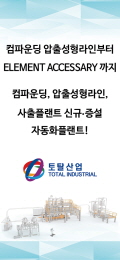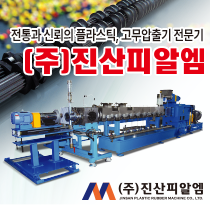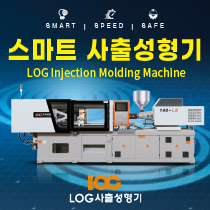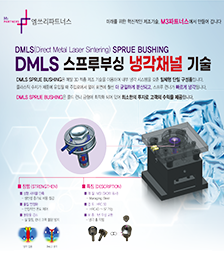Feature
Engel cuts cycle times for thick-walled housings
Engel cuts cycle times for thick-walled housings
▲For the manufacture of the housing parts, an all-electric e-motion 310H / 170W / 160 combi injection molding
machine in cleanroom design will be used during the K 2019.
“Thekey thing with housing parts is the cooling time,” said Dr. Georg Steinbichler,SVP of research & development for technologies at Engel Austria.
Asthe wall thickness cannot be decreased for stability reasons, conventionalone-component production leaves no opportunity to reduce the cycle time.
Themachine is equipped with a vertical indexing shaft with four positions: thefirst for injection moulding the bodies, using a transparent polypropylene fromBorealis; the second for cooling; the third for applying a second layer ofpolypropylene to the pre-moulded parts; and the fourth for a viper 20 speedrobot remove the parts.
Thelinear robot reaches down to remove the eight housing parts from the closedmould to make the cycle time even shorter.
Thetwo-component process also allows for adding a sight glass to the opaquehousing as it is being injection moulded.
Thefully servoelecric two-component precision mould is the first to featureEngel’s newly developed software programme.
“Withthe software’s help, it makes no difference to machine operators whether themould is hydraulically or servoelectrically operated,” said Dr. GerhardDimmler, SVP of product research and development at Engel Austria.
Theuser can programme the servoelectric movements without the need for additionalqualifications, according to Dimmler.
Servoelectricmoulds are more precise compared to hydraulic systems and allow for completelyoil-free production when combined with all-electric injection mouldingmachines.
Thesolution also features Engel compact cell which helps lower the productionunit’s footprint.
Forfully automated operation, the cell includes the box changer into which theviper speed robot deposits the injection moulded parts.





















